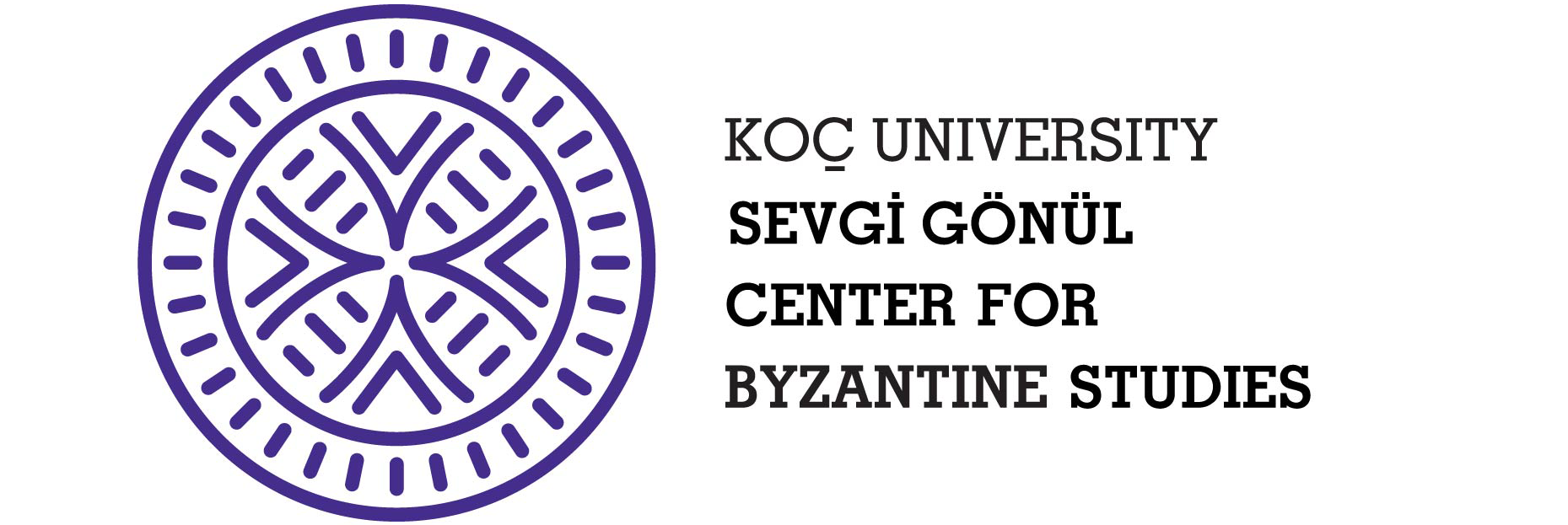This workshop is convened to discuss Byzantine religious buildings: their multiple elements (architecture, decoration, furnishing), usage (liturgical and non-liturgical functions), and various contexts. If traditionally these aspects were approached separately, we want to initiate a closer examination of their inter-relations and generate a much-needed holistic approach to architectural and artistic settings created for religious purposes. In addition to the established typologies, yet avoiding deterministic approaches, we aim at examining these buildings in a diachronic and multidisciplinary perspective.
The workshop brings together scholars working on different regions of the Byzantine world, here looking at the architectural production of the Middle and Late Byzantine periods through various lenses. Drawing upon new evidence and/or most recent case-studies, this workshop also aims at re-evaluating the notion that Byzantine architecture emanates only from the Empire’s capital, Constantinople. Finally, we want to investigate the processes through which the various parts of the “Byzantine Commonwealth,” while keeping their own local practices and identities, constantly engaged with one another. Through this weaving of cultural affinities, as well as particularities, we hope to track the creation of shared features and help define a common architectural tradition, which we call Made in Byzantium.


